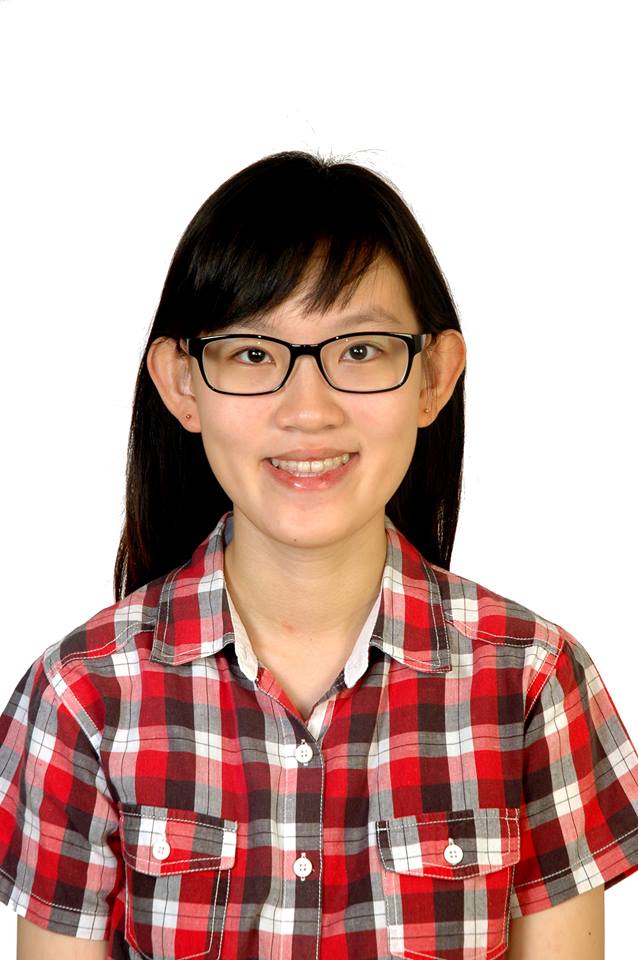Deborah Ooi
- Undergraduate Student
Universiti Sains Malaysia
Attended Voice Conference 2018
2018, Steigenberger Hotel Am Kanzleramt, Berlin, Germany
The first day of the conference was mostly focused on the application of Machine Learning in Business and expounding on the new area of interest which is Voice. The first keynote speaker spoke about how to design a persona for a certain brand. What I found interesting about what he said was that every voice has a persona (character) behind it. To market effectively, we need to associate the persona to the brand. The second session that I chose to attend was “How to be Heard? A Conversational-First Approach to Marketing by Patrick and Christoph Esslinger. The main thing that I managed to grasp from their session was that, when designing Voice User Interfaces, we need to design from a conversation-first approach and not from a visual approach. Basically, that means that instead of overwhelming users with a ton of possibilities to choose from, the Voice User Interface should enable the user to perform tasks in a normal conversation-like setting. Other new ideas that I managed to take back from the first day and maybe apply in my Final Year Project is data augmentation. For my project, I have a limited number of data to play with and it is definitely not enough to conduct machine learning on. Therefore I was quite stuck in my progress as I did not know how to progress further. The speaker Aleksandra Vercauteren talked about data augmentation and how she used data augmentation to come up with a variety of expressions to train her chat bot on. Although her session was mainly focused on NLP, it did spark an idea in me to try out data augmentation on my dataset to see what I could find. There were other sessions in the first day that were interesting but were not directly applicable to my project. Moving on to the 3rd day of the conference, I attended the workshop on DeepLearning with Tensorflow. In the day-long workshop, we learnt how to create a neural network that is able to classify images of objects such as bags, coats or boots (MNIST) into their respective classes (Image Classification). We started off with a very basic, shallow network and gradually added depth and introduced convolutional layers and regularization to improve the accuracy of the model. Although this is not directly related to my Final Year Project, I did manage to learn how to use Tensorflow and how to measure the accuracy of the predictions. One concern of mine was how to reduce the risk of overfitting in the model, and in this workshop I learnt of a method called dropout which I will definitely try out in my Final Year Project. All in all, it was definitely a very fulfilling, educational and unforgettable trip. I will definitely be coming back to Berlin in the future and will be recommending ACM-W scholarships and conferences to all my friends in the future. I am very grateful for this once in a lifetime opportunity. Thank you very much.
